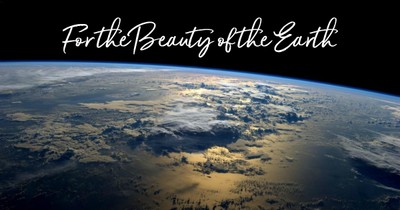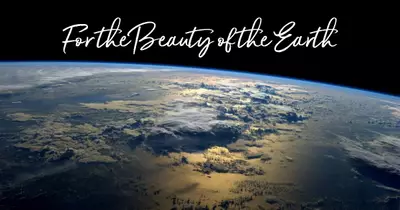The Story Behind For the Beauty of the Earth
The initial poem was published in eight, four-line stanzas under the title, “The Sacrifice of Praise.” British hymnologist J. R. Watson proposes, “It is said to have been inspired by the view of Folliot Pierpoint's native city of Bath on a spring day.” The original refrain, “Christ, our God, to thee we raise/This our sacrifice of praise,” reflects the theology of the Lord’s Supper as a sharing in Christ’s sacrifice. “For the beauty of the earth” appeared in the final “Miscellaneous Hymns” section of Lyra Eucharistic. Changes made to the hymn and accepted by the author made it suitable for a larger scope of liturgical opportunities.
Pictured Below: Pierpoint's hometown of Bath in the spring.
The detailed images of this text make it excellent for children of all ages. The metaphysical outlook of this hymn coincides with many others on this subject. For example, earlier hymns by Isaac Watts – “I sing the almighty power of God” from 1715 – and Cecil Frances Alexander – “All things bright and beautiful” from 1848 – focus on the natural created structure. These hymns were written to illustrate the first article of the Apostles’ Creed, “I believe in God the Father, Maker of heaven and earth,” for relevance to younger readers and listeners. Pierpoint, writing for the Eucharist, extends the discussion beyond the natural created order to humanity, the church, and, in the original, the martyrs, prophets, and the incarnation.
Popular Hymn Lyrics with Story and Meaning
Day by Day and With Each Passing Moment
Jesus Loves Me
What a Friend We Have in Jesus
Blessed Assurance
Nearer My God to Thee
Abide with Me
His Eye is On the Sparrow
Be Thou My Vision
Holy, Holy, Holy Lord God Almighty
Amazing Grace


